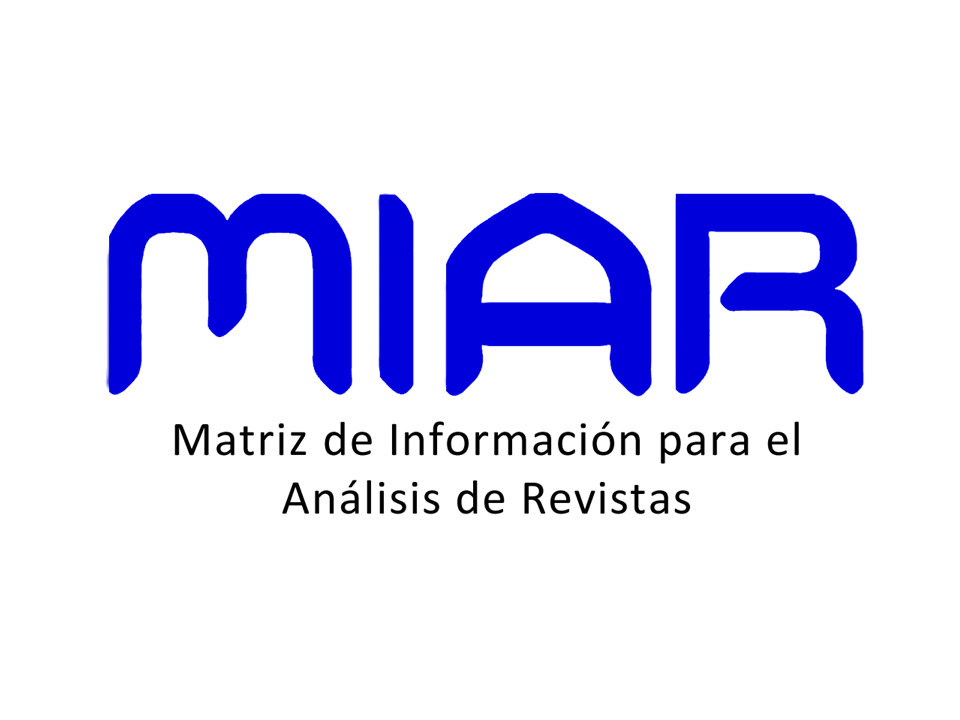CORONAVÍRUS COMO PESSOA: PADRÕES SEMÂNTICO-SINTÁTICOS NAS METÁFORAS DO CORONAVÍRUS
DOI:
https://doi.org/10.22478/ufpb.1983-9979.2022v17n1.62547Keywords:
Metáforas do Coronavírus, Teoria Ecológica da Metáfora, Gramática das Construções, Linguística de CorpusAbstract
This article presents the beginnings of a research related to the metaphors of the coronavirus. The objectives of this work: (i) to reflect on the ecological perspective of cognition and metaphors; (ii) statistically systematize the metaphorical occurrences of the term <coronavirus> and <flu> found in the newspaper Folha de São Paulo (www.uol.folha.com.br) in the period from May 10 to June 10, 2020; (iii) to analyze and describe instances of metaphorical occurrences of the Person category and, finally, (iv) to relate the Ecological Theory of Metaphor to the Grammar of Constructions in the study of metaphors about the coronavirus. The theoretical framework that supports this research is the Ecological Theory of Metaphor (JENSEN; GREVE, 2019), (GIBBS, 2013), (GIBBS, 2012); the discussion about metaphor and illness (SONTAG, 2007), (NERLICH; HAMILTON; ROWE, 2002), (NERLICH; HALLIDAY, 2007); and the symbolic (semantic-syntactic) relationships of metaphors from constructions and verbal valences (PERINI, 2008), (GOLDBERG, 2019), (GOLDBERG; JACKENDOFF, 2004); (GOLDBERG, 1995). The methodology used in this research can be summarized from the following steps: (i) active search for articles with mention of the term <coronavirus> on the website www.uol.folha.com.br from May 10 to June 10, 2020; (ii) conversion of found articles to .txt format; (iii) use of the AntConc software for the quantitative-qualitative systematization of the data; (iv) systematization of data from statistical treatment; (v) active search for the term <flu> in the same period and conversion of articles into .txt; (vi) use of the AntConc software for the quantitative-qualitative systematization of the data; and (vii) data analysis based on the chosen theoretical framework. The results point to the predominance of the Person category (79.09%) and, within this category, the predominance of the Enemy de Guerra vehicle (61.35%), which highlights the frequency of the personification process of the coronavirus pathogen.










